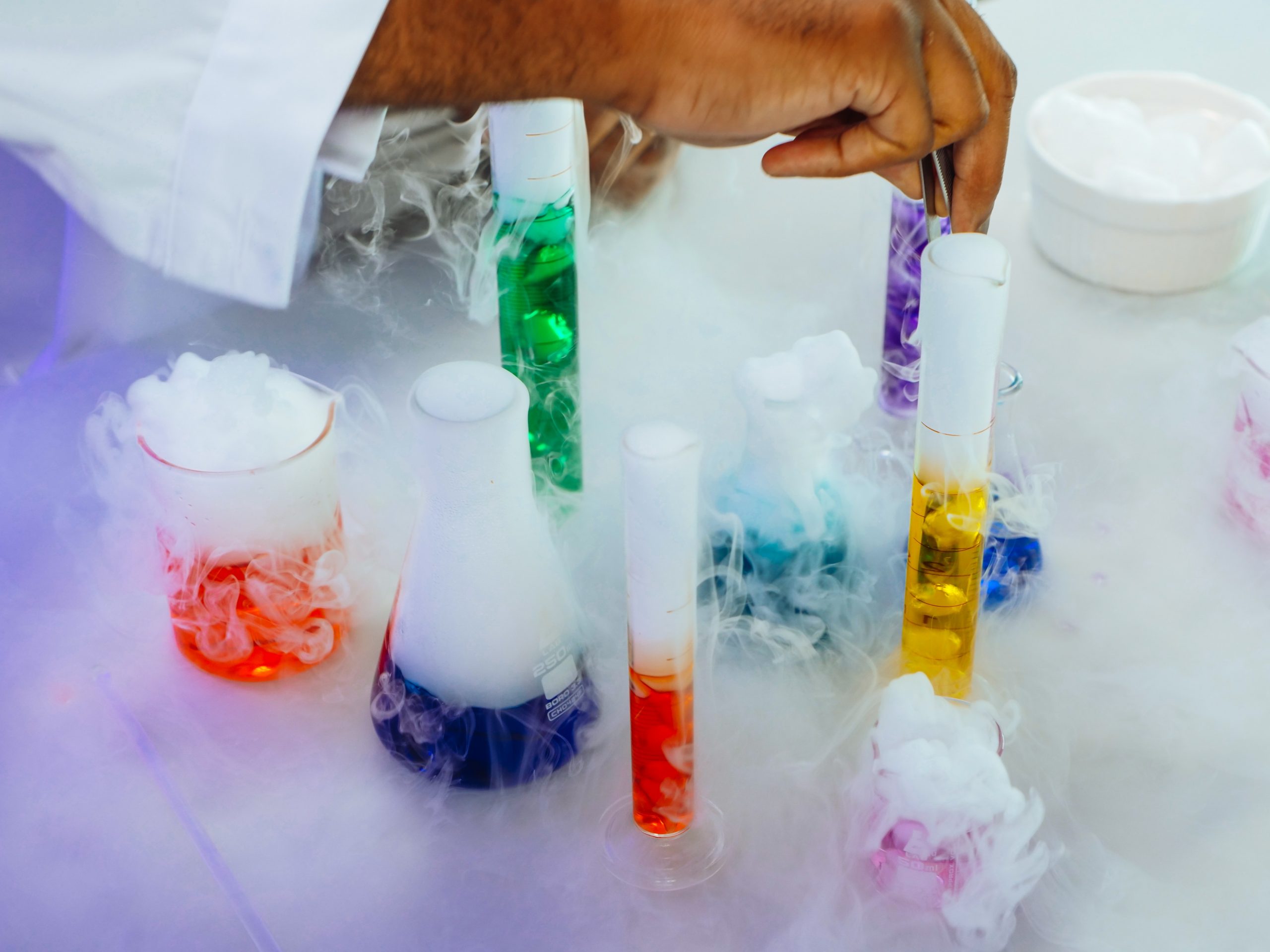


Find out how Gateways could provide the perfect educational environment for your child.
Find out more
Big enough to challenge, small enough to care
One of the most effective ways of developing a child’s interest in a subject is to make learning fun, especially at younger ages. Science is one of the easiest subjects to inject some fun into, as there are so many exciting experiments for children to try.
If you want to help boost your child’s interest in science while doing some fun activities together at home, these experiments are ideal:

Dancing Popcorn
You’ll need: Popcorn kernels, carbonated soda (such as Sprite), water and two clear cups.
This is a quick experiment to show the different effects of soda and water on the popcorn kernels.
Fill one cup with water and the other one with soda. Add several popcorn kernels to each cup and see what happens! The gas in the soda will attach to the kernels and carry them to the surface before the bubbles pop and they sink again. This will happen over and over, giving the impression that the popcorn kernels are dancing.
Instant Ice
If your child loves Frozen then they will love having the power to make their own instant ice.
You’ll need: Bottle of water, ice, ceramic bowl.
The key to making this experiment work is to chill the water in the freezer beforehand so it is almost frozen. Then place a pile of ice on top of an overturned ceramic bowl. Slowly pour a little of the almost frozen water over the ice and the water will turn to ice crystals as they come into contact with the ice.
Homemade lava lamp
You’ll need: Alka-seltzer tablets, oil, food colouring, clear plastic bottle with a cap, water
If you have some Alka-seltzer and food colouring in the cupboard, then this is an easy experiment to set up. Fill the bottle around ¾ full with vegetable oil and then fill the rest of the bottle with water almost to the top. Add 4-5 drops of food colouring. Divide the Alka-seltzer tablet into four pieces and drop one of the pieces into the oil and water mixture.
When you pour the water into the bottle with the oil, the water sinks to the bottom and the oil floats to the top. Oil floats on the surface because water is heavier than oil. Water is denser than oil.
The Alka-seltzer tablet reacts with the water to make carbon dioxide gas. These bubbles attach themselves to the coloured water and cause them to float to the surface. When the bubbles pop, the colour sinks back to the bottom of the bottle
The reaction will look like a lava lamp and using different coloured food colourings and even glitter can make this look even more exciting.
Self-inflating balloon
Another popular home experiment that kids love is the self-inflating balloon.
You’ll need: A balloon, empty plastic bottle, vinegar, baking soda.
Pour baking soda into the bottle and pour vinegar into the balloon. Now attach the balloon over the mouth of the bottle so that vinegar starts to pour into the bottle and is mixing with the baking soda. This will create a gas that will then inflate the balloon.
If you have any other great science experiment ideas to try at home, please share the links to them on our socials.